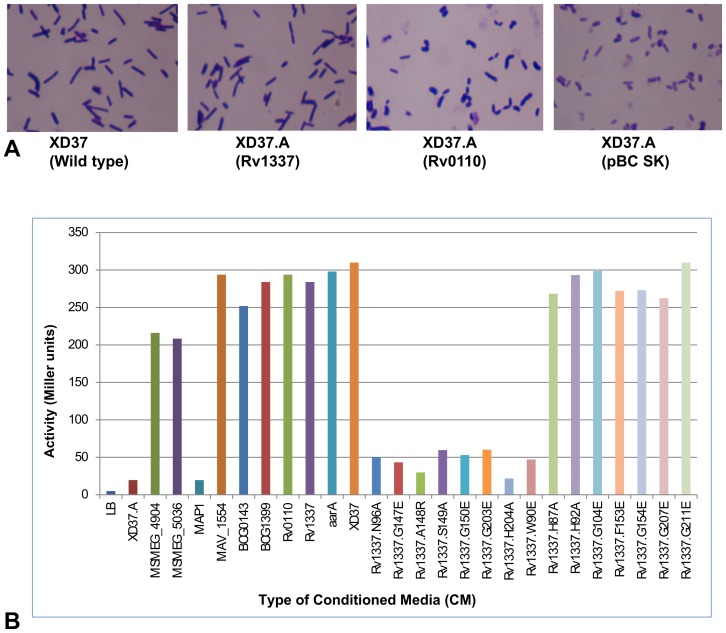Figure 1. Mycobacterial rhomboid-encoding genes exhibit differences in complementing aarA.
Panel A: Genes encoding mycobacterial orthologs of “rhomboid protease 2” (orthologous to Rv1337) fully restored the wild type cell morphology (rods) in XD37.A. On the other hand, the phenotype of XD37.A transformed with plasmids encoding orthologs of “rhomboid protease 1” (orthologous to Rv0110) from MTBC was similar to that of the uncomplemented mutant (XD37.A transformed with the parent plasmid pBCSK). Panel B: β-galactosidase assays showing restoration of the putative extracellular signal in XD37.A transformed with several plasmids encoding mycobacterial rhomboids. The genes encoding the hypothetical proteins of Mycobacterium avium subspp. paratuberculosis (MAP1), which lack the resdiue (W90), did not restore the putative signal. Genes encoding rhomboids of the MTBC and M. avium were the strongest at complementing the putative signal. Panel B also shows that mutation in codons of the rhomboid family residues (W90, N96, G147, A148, S149, G150, G203 and H204) of Rv1337 abolishes production of the putative signal (as well as complementing other phenotypes ascribed to aarA). Mutations of codons of other residues with no effect on complememntation of signal production are also shown (H87A, H92A, G104Q, F153S, G154Q and G207Q), as well as G211E, which instead intensifed complementation. Apart from the codon for G211, all the inactivated codons resulted in failed complementation in terms of pigment production and cell morphology (not shown). Each data point was from an average of four experiments.

